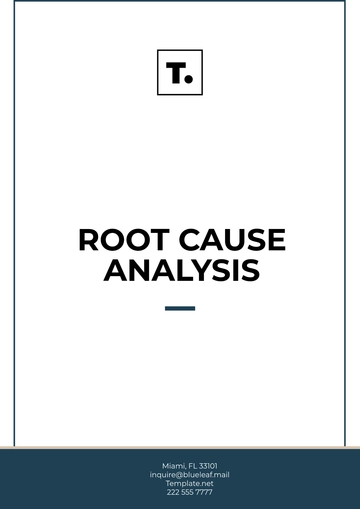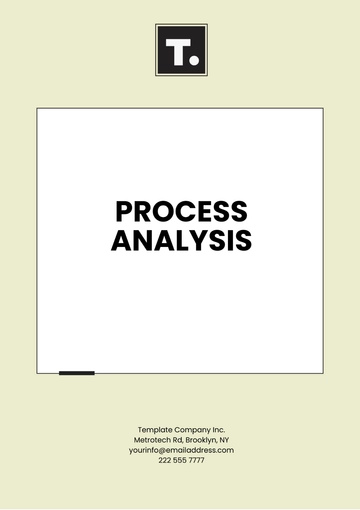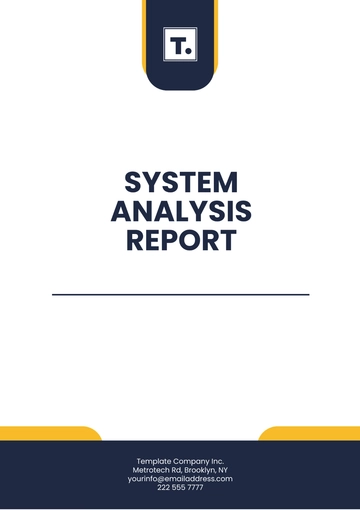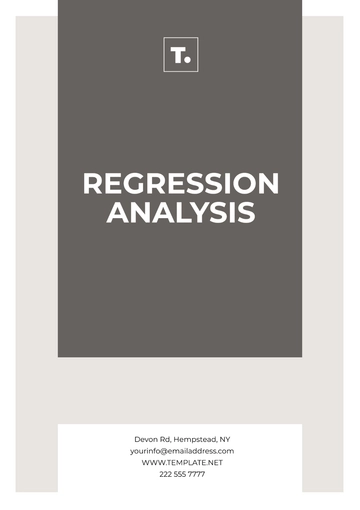Case Brief Analysis
[Smith v. Johnson - Landmark Property Rights Case]
I. Case Overview
The [Smith v. Johnson] case involves a dispute over property rights in the context of emerging technology.
II. Plaintiffs:
Plaintiffs: Mr. and Mrs. Smith
Defendant: Mr. Johnson
The plaintiffs, [Mr. and Mrs. Smith], claimed ownership of a parcel of land on which they had built a solar energy farm. The defendants, a technology company led by [Mr. Johnson], argued that they had acquired the rights to the land through a digital land registry system. The case was brought before the Supreme [Court] of the United States to determine the validity of the competing claims.
III. Facts
The [Smiths] purchased the land in question in [2050] and began developing it for renewable energy purposes.
The defendants utilized blockchain technology to register the land digitally, claiming ownership based on the recorded transactions.
Both parties presented evidence of their respective claims, including property deeds, digital records, and expert testimony.
IV. Legal Issues
The primary legal issue revolved around the recognition of digital property rights and their precedence over traditional land ownership laws.
The case also raised questions regarding the reliability and security of blockchain-based registries in establishing property rights.
V. Court Decision
The Supreme Court ruled in favor of the [Smiths], affirming their traditional property rights over the digital claims of the defendants. The court emphasized the importance of upholding established legal principles in the face of technological advancements.
A. Judgment
The court invalidated the defendants' digital land registry entries, confirming the Smiths' ownership of the disputed property.
The ruling underscored the need for clear legal frameworks to govern the intersection of technology and property rights.
B. Rationale
The court cited longstanding property law principles and emphasized the lack of legislative support for recognizing digital property rights.
Justices noted the potential risks associated with blockchain technology, including susceptibility to fraud and manipulation.
VI. Legal Analysis
A. Key Arguments
The [Smiths] argued for the preservation of traditional property rights as essential to maintaining stability and certainty in land ownership.
The defendants contended that blockchain technology offered a more efficient and transparent method of recording property transactions.
B. Precedents
The court referenced previous cases involving property disputes and highlighted the importance of legal precedent in resolving complex issues.
The decision distinguished between technological innovations and fundamental legal principles, reaffirming the latter's primacy.
C. Implications
The [Smith v. Johnson] ruling set a precedent for the prioritization of traditional property rights over emerging digital claims.
The case sparked discussions on the need for legislative updates to address the challenges posed by evolving technologies in property law.
VII. Conclusion
The [Smith v. Johnson] case serves as a milestone in the ongoing debate over property rights in the digital age. By reaffirming traditional legal principles, the Supreme Court provided clarity and guidance in navigating the complexities of technology-driven disputes. Researchers and legal professionals studying the intersection of law and technology will find valuable insights in the analysis of this landmark case.
For further inquiries or assistance, please contact [your name] [your company name] and [your company website].
Case Brief Templates @ Template.net






























